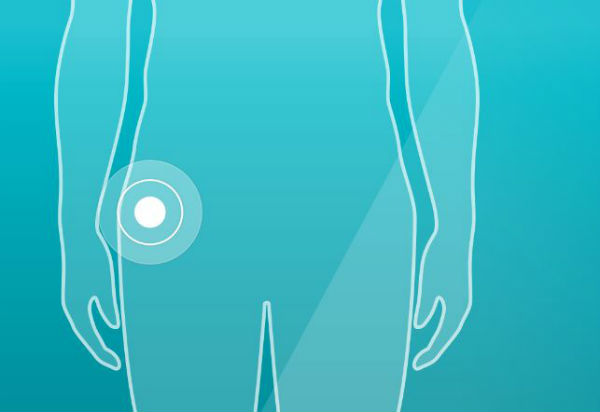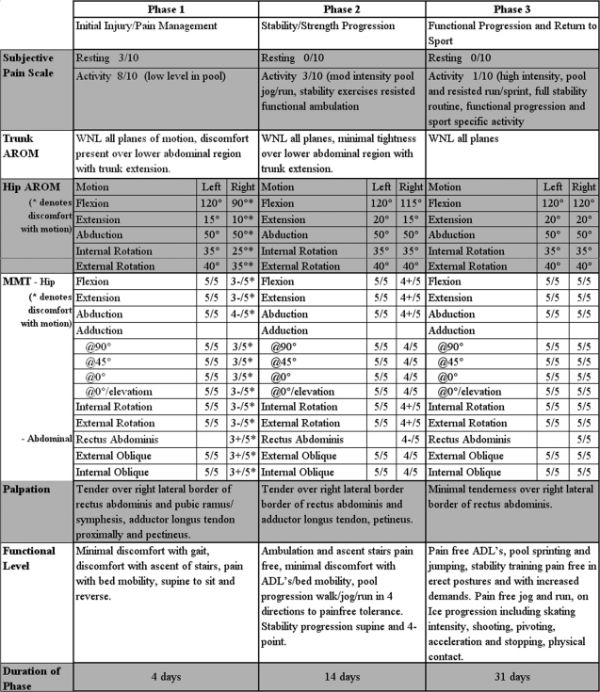
So you’ve got gilmore’s groin—yikes!
You’ve made sure to properly diagnose your sports hernia and now you’re looking for a solution to put you back on the field and in the gym—or maybe just to relieve your terrible pain.
Either way, the answer is the same.
A core muscle injury (another way to say the same thing) is defined by pain in the upper thigh and groin area. But more specifically, what it’s not is more important.
Unlike a traditional hernia that shows itself through a bulge, this doesn’t. That can create some serious issues in the diagnosis process as most doctors simply have no clue how to handle this.
So what happens? They treat it like a traditional groin pull or strain and prescribe the normal fix: rest, ice, compression, elevation.
Yet, as you might already be very aware, that seems to do very little to actually solve the problem and cure the pain.
So the question still remains…
Can a sports hernia heal on its own? If so, how?
Yes…and no.
One thing we can be absolutely certain of is the correlation between diagnosis time and treatment time.
A 2012 case study published in the International Journal of Sports Physical Therapy shows revealed the major problem for most people: the sooner you get it properly diagnosed, the better your chances for successfully healing without surgery.

Non-surgical sports hernia treatment plan for professional hockey player by the International Journal of Sports Physical Therapy.
However, the authors concluded that while the patient in question responded “exceptionally well” to the treatment methods, they “do not believe this is an exclusive treatment option.”
Bottom line: some people will have luck without going under the knife, but not everyone.
Taking a look at the sports hernia treatment program they devised, it’s very clear what worked: strengthening.
Most sports injuries can be seriously helped along by stretching and making sure that you’re loose.
This isn’t one of those injuries.
Instead, you need to focus on strengthening the surrounding areas, which will in-turn relieve pressure and pain.
This very much has to do with how this injury develops in the first place: your muscles become extremely tight and inhibited, until something snaps—that something being your rectus abdominis and adductor longus (your lower abs and upper, inner thigh).
Once that pressure is finally taken off of the injury site, the healing process can begin—but not before that.
So, now that you have begun the non-surgical rehabilitation program (hint: start immediately if you hope to be pain free without surgery!), you have the timeline: 6 weeks.
If you make it through week 6 of the program and you still haven’t been able to decrease your pain levels or increase your activity levels, it’s time to reach out to a specialist who is not only knowledgeable, but skilled in the treatment of this sports injury. The worst thing you can do is go to a general physician—the definitely won’t be able to help, and they’ll likely make it worse.
Luckily, the medical community has learned a ton about this debilitation in the past 10 years—this means that affording a specialist is now in reach for those without globs of cash or the best insurance.
So now you know what to do:
- Start the rehab program immediately
- Make it through week 6
- Feel pain?
- Yes–seek out a specialist who can help restore your life
- No–continue until you reach and complete week 10
- You either had success with rehab or with surgery and now you’re cured: awesome!
You can, and will beat this.
